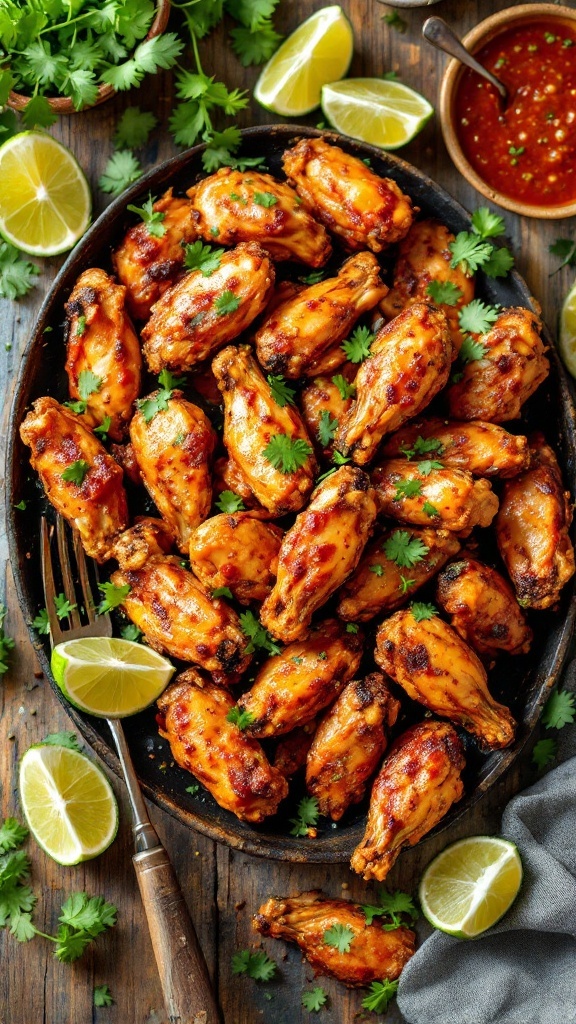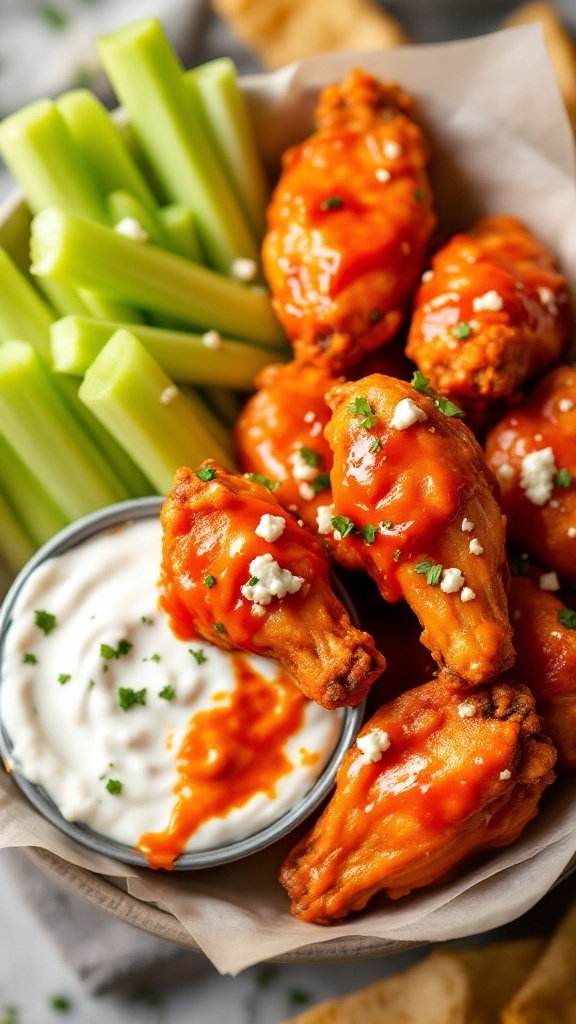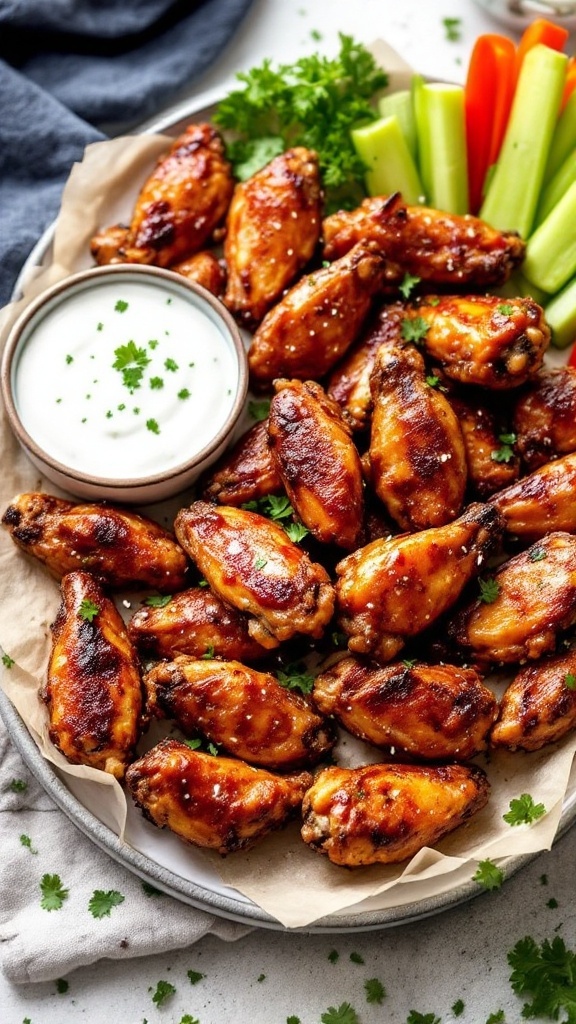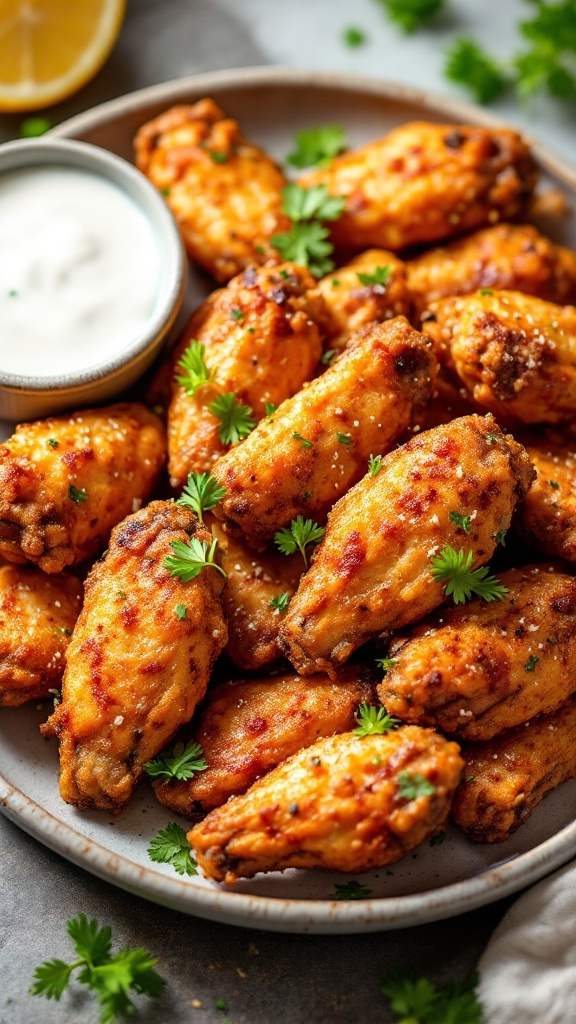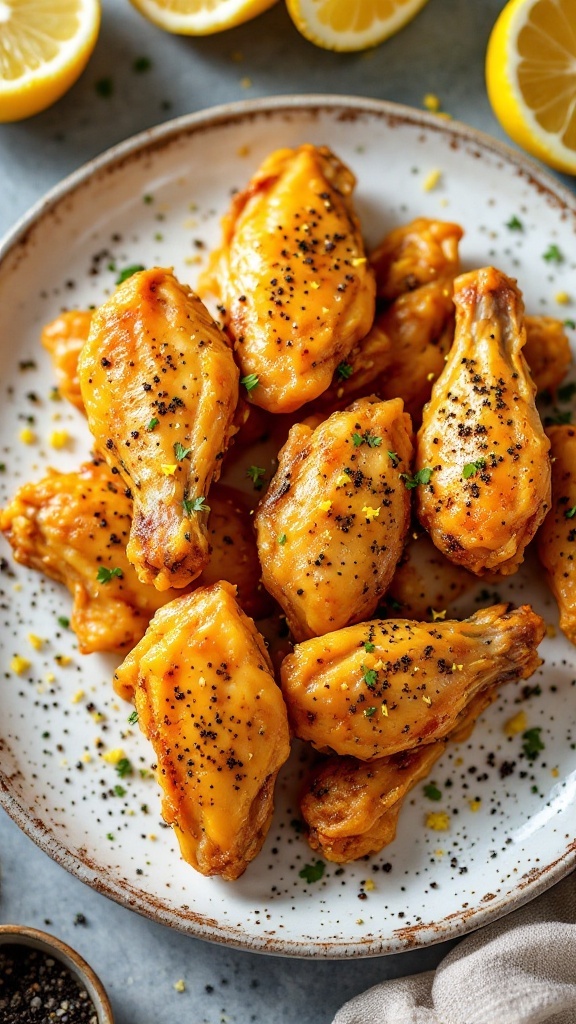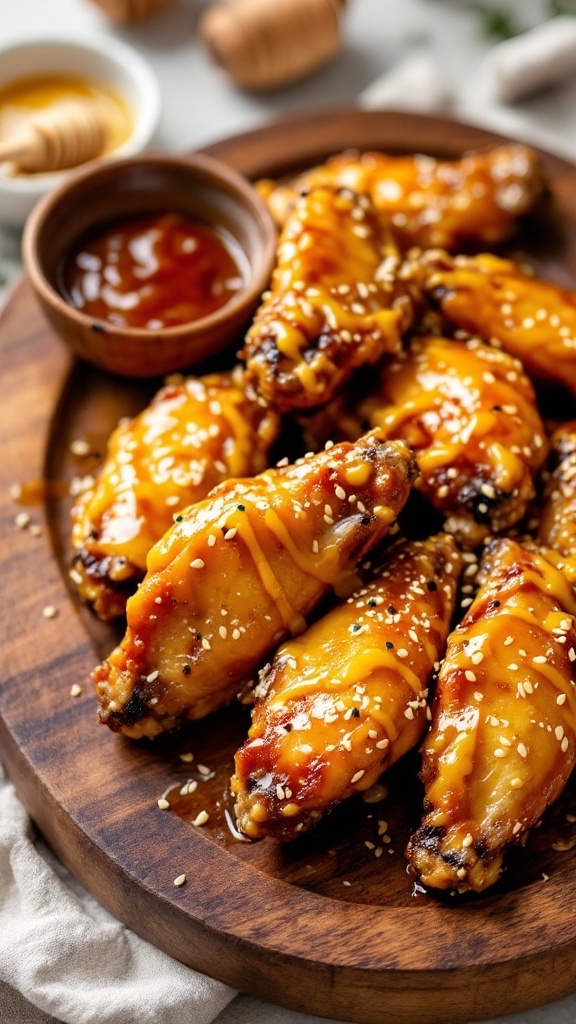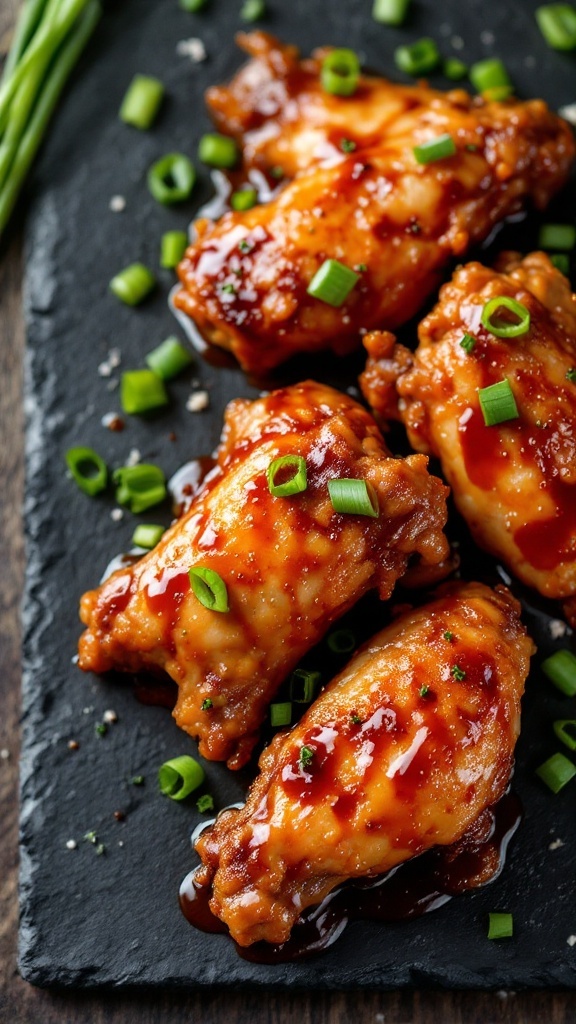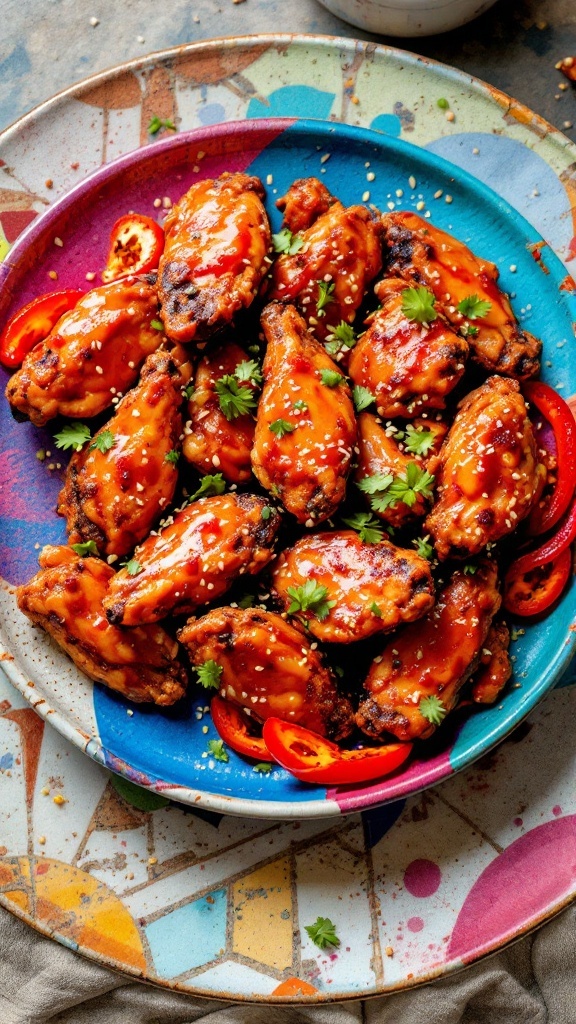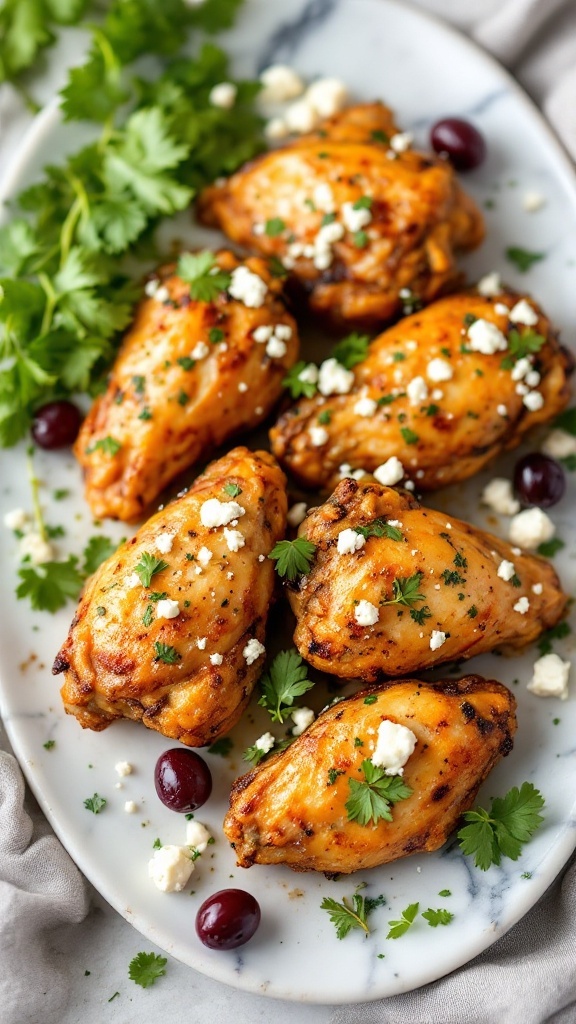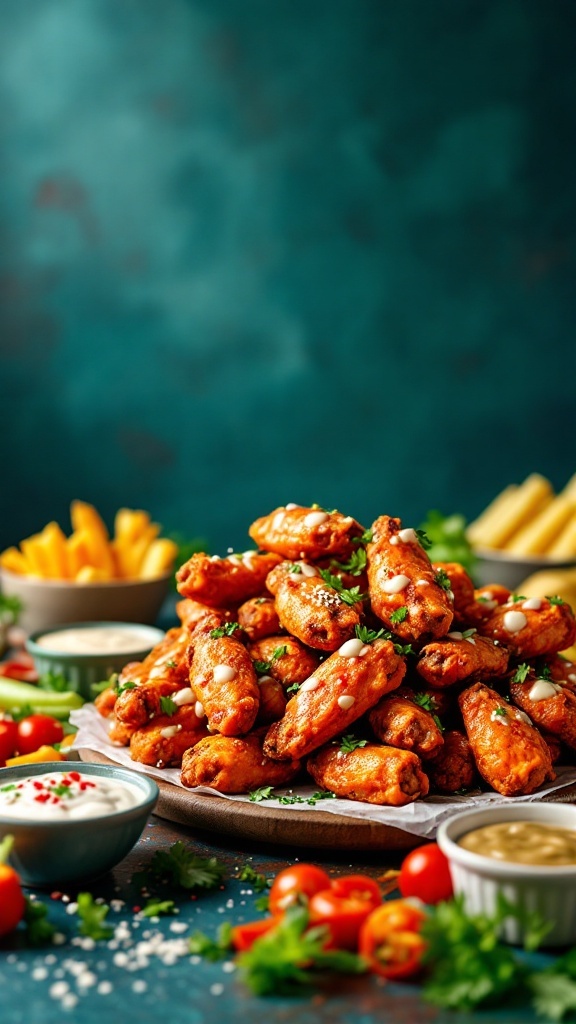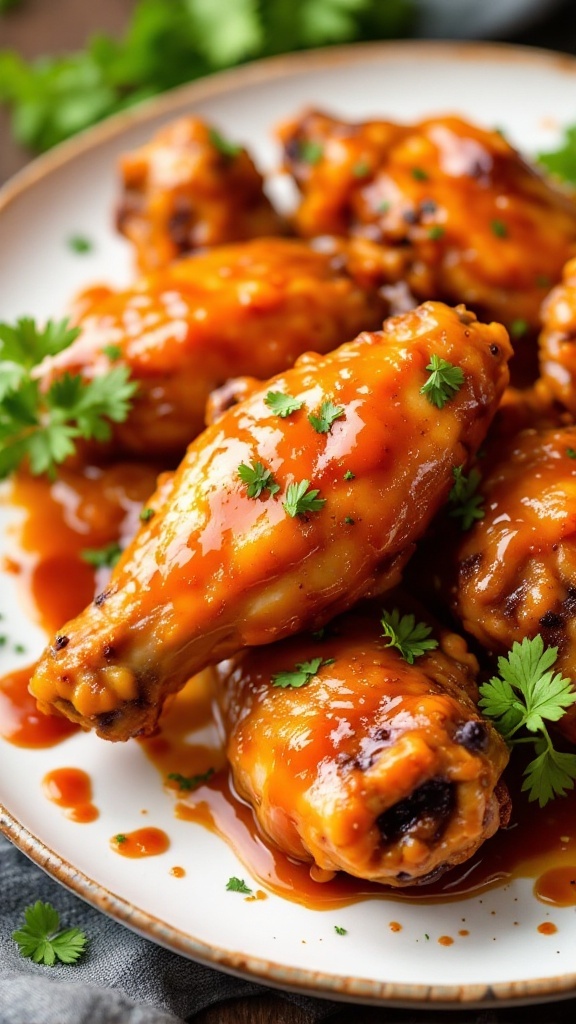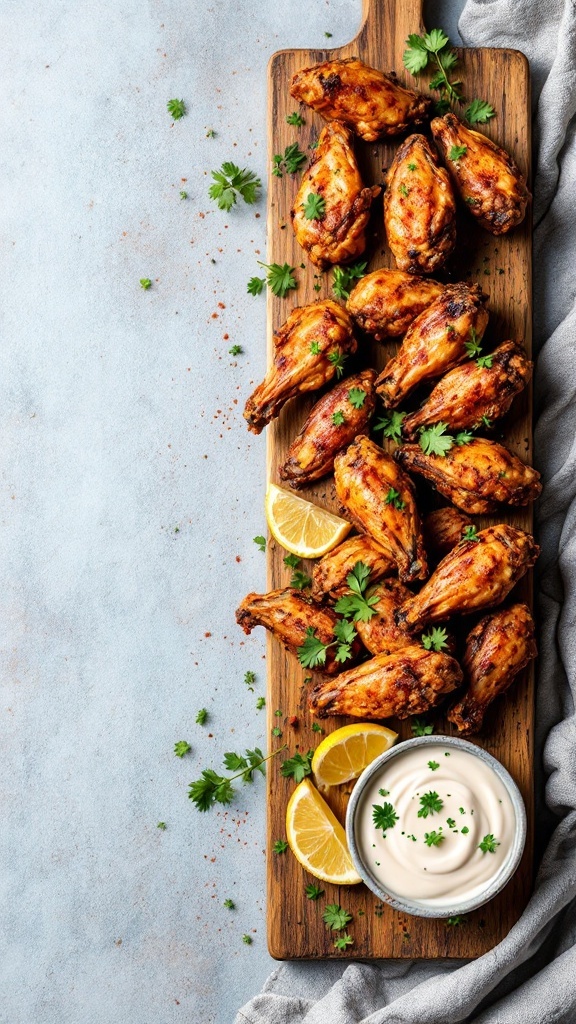In today’s video, I am excited to share my take on making canned custard. This recipe comes from the book "Preserving God's Bounty," which has some fantastic tips on healthy cooking. I want to emphasize how important it is to have clear instructions, especially when using traditional recipes. Sometimes, details can be left out, and I learned that firsthand while preparing this dish.
One of the main aspects I discovered is how crucial it is to understand the cooking process involved in canning custard. After clarifying some details with the author, I found that a brief water bath is used, but refrigeration is needed to keep the custard fresh. I’m eager to guide you through gathering the right ingredients and preparing this delicious recipe with you.
Key Takeaways
- Clear instructions are essential for successful canning.
- Natural ingredients enhance the flavor and health benefits of custard.
- Proper refrigeration is crucial for maintaining custard freshness.
Significance of Clear Directions
Clear instructions are essential when cooking, especially with recipes like canned custard. I often notice that some authentic Amish cookbooks assume readers know certain steps, which can lead to confusion. For instance, a recipe I encountered specified a processing time of just 2 minutes in a water bath. That raised a red flag for me since it seemed too short.
When I reached out to the author, she clarified that the processing was meant for achieving a specific texture, but the custard must be refrigerated afterward. This kind of vital information can easily be overlooked. It's crucial that recipes are complete and do not leave out important details, especially when sharing with a broader audience.
Always trust your instincts and do your research if something doesn't seem right. A brief call or message can provide the answers needed to ensure safety and quality in cooking. Clear instructions promote understanding and better results, making the cooking process smoother and more enjoyable.
See how to be self-sufficient on less than an acre of land!
Canned Custard Recipe Overview
Today, I'm going to share how to make canned custard using a recipe I found in the book Preserving God's Bounty. There's a bit of background on this recipe that I want to clarify. Authentic Amish cookbooks sometimes skip steps, assuming that the reader already knows what to do. This can lead to confusion, so I reached out to the author to make sure I had everything right.
To make this custard, you'll need:
- 1 cup of milk
- 1 cup of cream
- 5 eggs
- 1 teaspoon of vanilla
- ½ cup of maple syrup
- Cinnamon (to taste)
The cooking process involves a quick water bath for just two minutes. It’s important to know that this short processing time means the custard must be refrigerated right after. Without refrigeration, it won’t last long.
I use the cream from raw milk, as it gives a rich texture. If you can get raw milk, let it sit for a couple of days so the cream rises to the top. For those who use eggs in recipes, I find that having them at room temperature can make a difference in the final result.
When mixing, I like to add the milk and cream together, then whisk the eggs with vanilla and maple syrup. The goal is to warm the milk and cream to about 110°F before combining everything. This ensures a smooth mixture.
Using a non-reactive pan, I heat the milk and cream gently. Once warmed, carefully mix in the egg mixture. I prefer to strain the mixture to achieve a smooth custard texture.
This canned custard is a delicious treat, perfect for enjoying chilled for up to three to four weeks in the fridge. Enjoy making this simple yet tasty recipe!
Gathering Ingredients
I’m excited to share the ingredients needed for making canned custard. Here’s what you will need:
-
1 cup of cream: If you have raw milk, let it sit for a couple of days to allow the cream to rise to the top. Use a turkey baster to collect it easily.
-
1 cup of milk: Shake up your milk before measuring to ensure you get a good mix.
-
5 large eggs: I prefer to use farm-fresh eggs at room temperature for better mixing. It helps improve the texture of the final product.
-
1 teaspoon of vanilla extract: I recommend using homemade vanilla for the best flavor.
-
½ cup of maple syrup: Switching to natural sweeteners like real maple syrup is a great choice.
-
Cinnamon: You can adjust the amount based on your taste. Add it during mixing or sprinkle it on top later.
When preparing your mixture, I like to use a non-reactive pan, such as stainless steel or glass. This helps maintain the flavor of the ingredients.
Separating Cream from Raw Milk
To get the cream from raw milk, start by letting the milk sit for a couple of days. This will allow the cream to rise to the top. I prefer using A2 A2 Jersey milk because it has a rich fatty cream that works perfectly for my recipes.
Once the cream has risen, I use a turkey baster to extract one cup of cream. This method is easy and effective. After that, I shake the remaining milk well, and measure out one cup of regular milk to use in my recipe.
Ingredients Needed
- 1 cup of cream (top of the raw milk)
- 1 cup of regular milk
I find raw milk is especially useful and versatile. It can be used to make various delicious items. Once I have my cream and milk, I set them aside while I prepare the other ingredients for my dish.
Preparing the Egg Mixture
To get started, I need to gather a few key ingredients. I am using five eggs, and I prefer them to be at room temperature. This helps with mixing and gives better results in my recipes. I am also grateful for the beautiful Farm Fresh rainbow eggs from my egg supplier.
Once I have the eggs ready, I will mix them well in a bowl. Next, I will add one teaspoon of homemade vanilla for flavor. The rich aroma of homemade vanilla is unbeatable. Then, I include half a cup of maple syrup. Recently, I've been focusing on replacing refined sugars, and 100% real maple syrup has become a favorite in my kitchen.
For a little extra flavor, I'm adding cinnamon. I like the flexibility of no specific measurement for this spice. I’m going to add a good amount directly into the mixture while stirring.
Now, I will warm my one cup of cream and one cup of milk together. It's important to use a non-reactive pot, like stainless steel or glass. I heat the mixture slowly to reach about 110°F. The milk and cream will warm up quickly, so I need to keep an eye on it.
Once the temperature is right, I’ll slowly mix in the egg mixture. It’s crucial to do this gently and take my time. I want everything combined smoothly without scrambling the eggs. This part really reminds me of making flan, a dessert I grew up enjoying. The blend of flavors in this custard is exciting.
Finally, I like to strain the mixture using a fine mesh strainer to ensure a smooth texture. This step is important for getting rid of any lumps and achieving that desirable custard consistency.
Natural Sweeteners in Recipes
I'm always looking for ways to use natural sweeteners in my cooking. One of my favorites is maple syrup. It's a great alternative to refined sugars, and I aim to replace processed sugars with more wholesome options.
Using maple syrup adds a rich flavor to recipes. I recently bought some 100% real maple syrup for around $20. It's definitely worth the investment. When I cook or bake, I often use about half a cup of maple syrup to sweeten my dishes. You can adjust this amount depending on your taste.
Another option I've enjoyed is honey. I’ve depended on it for sweetness in various recipes, but exploring new sweeteners like maple syrup keeps things exciting. You can use cinnamon alongside these natural sweeteners. I like to add cinnamon while mixing or sprinkle it on top for extra flavor.
When using these sweeteners, it's important to consider the overall balance in your recipes. They not only sweeten but can also enhance the texture and warmth of your dishes. So, whether I’m making a custard or another treat, I focus on using these natural ingredients to improve my health and enjoy the taste.
Health Updates at Home
Today, I'm excited to share how I make canned custard using a recipe from Preserving God's Bounty. If you want to try it, I have a discount code for 10% off, which is in the description.
I often find that some authentic Amish cookbooks leave out certain directions. This is because they assume everyone knows the standard process. I recently had a question about a recipe that didn't sit right with me, so I decided to reach out to the author for clarification. The recipe calls for one cup of milk, one cup of cream, and five eggs. The processing time is only two minutes in a water bath. I thought that seemed short, so I confirmed that this method is meant just for getting the custard texture. It's important to note that it must be refrigerated, as it won't last long outside, only about 3 to 4 weeks.
When it comes to the ingredients, I appreciate using raw milk. If you let raw milk sit for a few days, the cream will rise to the top. For this recipe, I use one cup of that cream, taking it with a turkey baster for ease. Then, I add one cup of regular milk. I find raw milk to be particularly rich and flavorful, making a big difference in my recipes.
Next, I gather five eggs. I prefer using farm-fresh eggs, ideally at room temperature, which helps with mixing and baking. After mixing the eggs, I add one teaspoon of homemade vanilla. The scent of homemade vanilla is wonderful. I also include half a cup of maple syrup to replace refined sugar in my recipes. Real maple syrup makes such a difference. I often use cinnamon as well, adding it to taste for flavor enhancement.
To prepare the custard, I want to warm my milk and cream mixture to about 110°F. I keep the heat low to avoid scorching. Once warmed, I slowly combine it with the whisked eggs, maple syrup, and cinnamon, mixing gently. I enjoy the creamy texture, reminiscent of flan, and often think about trying to make a flan version.
Finally, I prefer to strain the mixture before putting it into jars. This step helps to ensure a smooth custard. I use a strainer with my jars to make the process easier.
Preparing the Custard Mixture
To begin, I gather my ingredients. I need one cup of cream and one cup of milk. For the cream, I use the rich top layer from raw milk. If you have raw milk, let it sit for a couple of days to separate the cream. This gives a thick and tasty base. I love using A2 Jersey milk for its creamy quality.
Next, I measure out one cup of cream. A turkey baster works well for this task, making it easy to fill the measuring cup. After that, I shake the milk container to mix the cream back in and measure one cup of regular milk.
Now, I need five eggs. I prefer to use farm-fresh eggs and let them reach room temperature before mixing. They blend better this way. Once I have my five eggs, I mix them in a bowl.
I add one teaspoon of homemade vanilla for flavor and half a cup of maple syrup to naturally sweeten the mixture. The darker color from the maple syrup shows that it adds rich flavor. I also include cinnamon, adjusting the amount to my taste.
Next, I place my milk and cream mixture in a non-reactive pan. I heat it gently, aiming for about 110°F. As it warms up, I whisk together the eggs, cinnamon, and maple syrup. When the milk and cream reach the right temperature, I slowly mix my egg mixture into it. It’s important to do this slowly to avoid cooking the eggs.
After mixing, I prepare to strain the mixture. I use a strainer to ensure a smooth custard texture. With everything ready, I'm set to pour the mixture into jars for canning.
Cooking Method and Temperature
To make the custard, I start by gathering my ingredients. I need:
- 1 cup of milk
- 1 cup of cream (I prefer cream from raw milk)
- 5 eggs
- 1 teaspoon of vanilla
- ½ cup of maple syrup
- Cinnamon (amount to taste)
I first mix the milk and cream together in a large bowl. Then, I use five eggs, ensuring they are at room temperature for better mixing. I beat the eggs in another bowl before adding the vanilla and maple syrup.
Next, I slowly heat the milk and cream mixture on low until it reaches 110°F. It warms up quickly, so I pay close attention to avoid scorching it. While that heats, I whisk the egg mixture. Once the dairy is warm, I slowly combine it with the eggs, mixing gently.
For the final touch, I strain the mixture. This helps achieve a smooth custard texture. After the straining, I pack the custard into jars, process them in a water bath for 2 minutes, and let them cool for 1 hour. Proper cooling and refrigeration are crucial, as the custard will last about 3 to 4 weeks if kept in the fridge.
Mixing Ingredients and Cooking Suggestions
To make the canned custard, start with 1 cup of cream. If you have raw milk, let it sit for a few days so the cream rises to the top. This is the best cream to use because it’s rich and thick.
Next, add 1 cup of regular milk. I love using raw milk because of its quality. Mix this together in a bowl.
Then, in another bowl, crack 5 eggs. It’s best if the eggs are at room temperature, as this helps with mixing. To the eggs, add 1 teaspoon of vanilla and 1/2 cup of maple syrup. I’m switching to maple syrup to avoid refined sugars. Blend everything well. The mixture should have a lovely, darker color from the syrup.
You can add cinnamon according to your taste. There’s no need for an exact amount. You can mix it in or sprinkle it on top later; both ways work great.
For the next step, heat your milk and cream mixture. Use a non-reactive pan, like stainless steel or glass. Warm it gently until it reaches about 110°F. This should happen quickly, so keep an eye on it.
Once the mixture is warm, turn off the heat. Slowly whisk the egg, vanilla, syrup, and cinnamon mix into the warm dairy. Take your time with this step; it’s important to combine them gently.
I like to strain the mixture using a fine mesh strainer. This helps ensure a smooth texture. After straining, you can pour it into jars for canning. Remember to water bath process the jars for 2 minutes to achieve the right custard texture. After that, place them in the fridge where they can last for 3 to 4 weeks. Enjoy your delicious custard!
Preparing and Straining the Custard
To finish the custard, I begin by mixing one cup of cream and one cup of milk. I prefer using the cream that rises from raw milk, as it provides a rich flavor and texture. After combining these two ingredients, I set them aside.
Next, I take five eggs and bring them to room temperature. This step helps to blend the ingredients better. I whisk the eggs in a large bowl. Then, I add one teaspoon of vanilla and a half cup of maple syrup, mixing everything until well combined. I like to add cinnamon as well, adjusting the amount to my taste.
Now, it is time to combine the warm milk mixture with the egg mixture. I heat the milk and cream gently until it reaches about 110°F. Once it's warm enough, I gradually mix it with the eggs, whisking slowly to ensure a smooth custard without scrambling the eggs.
After combining everything, I prepare to strain the custard. I use a fine mesh strainer, which helps create a smooth texture. This step is essential for removing any lumps and ensuring that the custard has the right consistency. I pour the mixture through the strainer into a clean bowl or container, making sure to get every drop of that rich custard mixture.
Now, my custard is ready for canning or refrigerating. It's crucial to remember this custard needs to be stored in the refrigerator, where it can last about three to four weeks.
Custard Storage Tips
When it comes to storing custard, the first thing to know is that it must be refrigerated. After I've prepared it, I put it in the fridge right away. This helps keep it safe and tasty.
The custard will last about 3 to 4 weeks in the refrigerator. I always double-check the recipe when I'm unsure, as sometimes those details can be left out or taken for granted. For this recipe, the short water bath processing time of just 2 minutes is just to get the right texture.
Storage Guidelines:
- Refrigerate immediately after preparation
- Consume within 3 to 4 weeks
- Do not store at room temperature; it can spoil quickly
Making custard is straightforward, but proper storage is key to enjoying it at its best.
See how to be self-sufficient on less than an acre of land!

